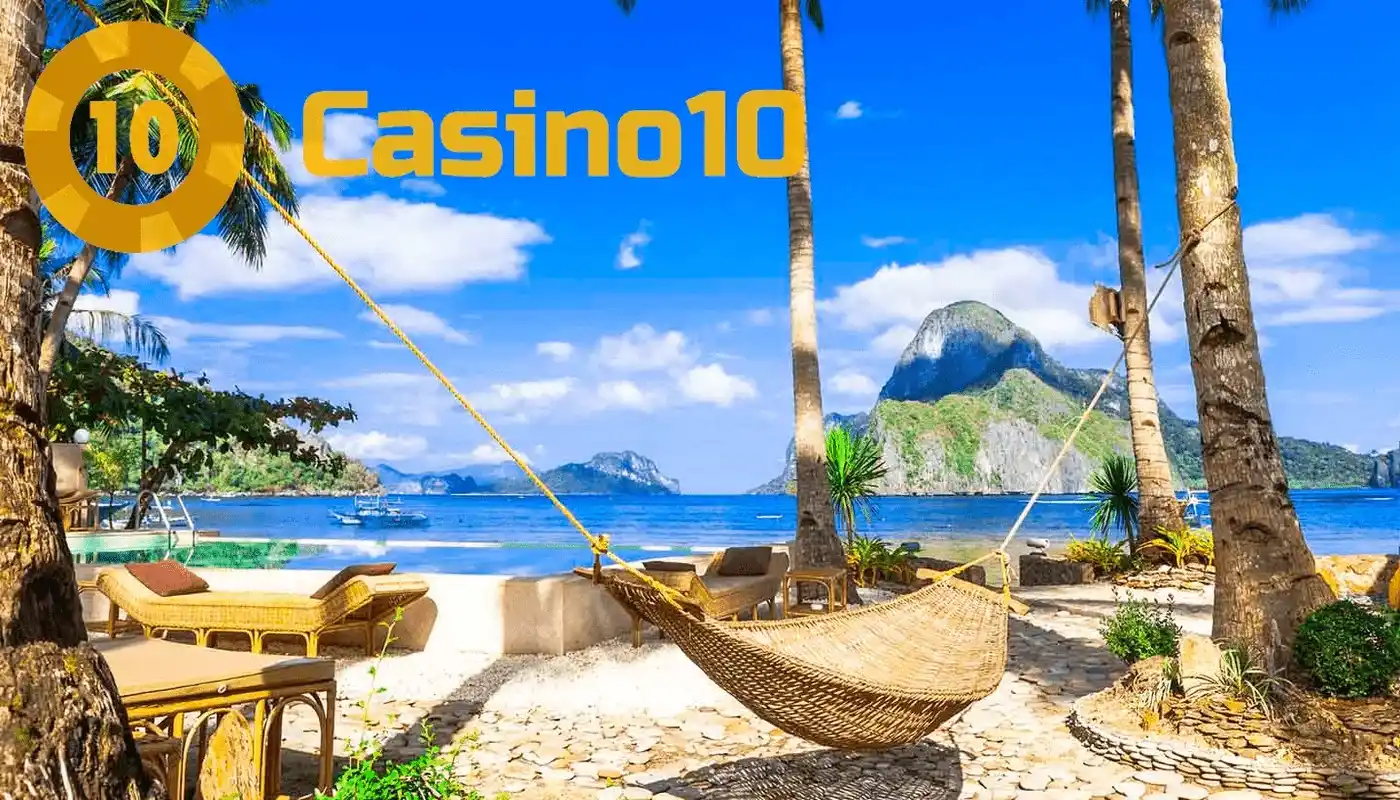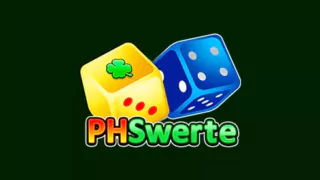
Language is something more than just a set of words and grammar rules used to relay information between people. Language is the factor that identifies a nation and serves as the plane for building and fostering a nation’s identity. Talking about the Philippines, it should be acknowledged that it is one of the most linguistically diverse countries in the world, as it is home to so many ethnolinguistic groups that not every scholar can name a precise number. As a matter of fact, there is nothing to wonder about, as the Filipino languages have been impacted by many other languages and cultures throughout their history. Furthermore, the interlinguistic changes appearing within the Filipino language and its dialects have also been impacting and shaping it up.
The Philippines archipelago is known as the one dominated by the Malayo-Polynesian languages with a pinch of Spanish-influenced creoles that are generally called Chavacano. Nonetheless, it was in the year 1987 that the country’s constitution had designated Filipino – the standardized version of Tagalog – as the national and official language of the country along with the English language. The latest addition to the linguistic image of the Philippines was made in 2018, when President Rodrigo Duterte signed a decree that established the Filipino Signed Language as the country’s official sign language.
Dialects
Whenever it comes to talking about dialects, regardless of the country we are speaking about, there is surely something you did not know. For those of you who don’t know what a dialect is, this is a particular linguistic form of a language that differs from the commonly-adopted language standard on the basis of its geographical location and socially-cultural peculiarities of its speakers.
The difference in dialects does not take long distances to appear. Even two adjacent villages separated by five kilometers can perceive one and the same object in various connotations, and thus have different names for it. Of course, the public and the private sector use either English or the Filipino language – the two nationwide official languages in the Philippines. For example, playing in Casino Online Philippines is the process that is equally accessible for anyone as the interface has been written in the English language.
Yet, as of the beginning of 2025, there are between 120 and 187 dialects and languages existing within the Philippines linguistic plane, and their exact number depends on the classification method that a philologist applies when counting. Yet, the majority of the languages spoken in the country, based on a purely typological analysis, long to one of several subfamilies and groups of Western Malayo-Polynesian languages, which are a part of the Austronesian family of languages.
Ethnic Groups in the Philippines
The matter of ethnic groups in the Philippines is one of the most extensive questions to ponder over, as there are more than 175 ethnolinguistic groups and sub-nations in the country. Some of them are Masbateño, Ivatan, Tagalog, Kapampangan, Ilocano, Bilocano, Porohanon, Subanon, Surigaonon, and others. While the majority of languages spoken belong to the Austronesian family, a great deal of the groups have adopted a rather European religious vision, having coveted for Christianity, especially those residing closer to the coastal lowland.
Yet, the Mindanao and Sulu Archipelago regions can be classified as the ones practicing Islam. Meanwhile, in the highlands of Mindanao, there is the region known as Agusan marsh, where the peoples collectively known as Lumad live. They stick to animistic beliefs and traditions for the most part; still, some of them worship Christianity. Regardless of the vast deal of parities between the peoples of the Philippines, they all call themselves Filipinos in the first place. The descendants of the Malay people who were a nomadic tribe traveling from Southeast Asia, the Filipinos are proud of how diverse and historically reach their nations is.
Settlement Patterns
This unique country has been graced with quite a peculiar landscape, as it has plains, mountains, rivers, lakes, seas, and oceans at its disposal. Therefore, it seems quite logical that the density of the population in the Philippines differs from one location to another. Thus, the plains lying amid the mountains, such as the central plain of Luzon and the central plain of Panay, have always been the most densely populated on the Filipino islands. The only exception is the plain of Cebu, where the people have lived mostly on the coastal plain because of the island’s high and rugged interior. There is nothing special about how the Filipino people choose the location for their homes. They follow the same rules as people do around the world.
Pertaining to the impact of the settlement patterns on the linguistic map of the country, the Filipino languages have been influenced by many other language groups throughout their history. Their position in the Pacific Ocean, which is close to the Asian mainland, has granted them many opportunities for trade and correspondence with other nations and languages. In addition, an intense level of trade and professional development in the region nations has brought the Filipino languages in direct contact with many other languages, which have also had their fair share of impact.
Conclusion
It can be seen that the Filipino language, as well as the country’s version of English, have been through thick and thin over the course of their development. Nonetheless, it is a pure joy to observe how the Philippines have become the place where more than 150 ethnic groups co-exist in peace and mutual understanding.













